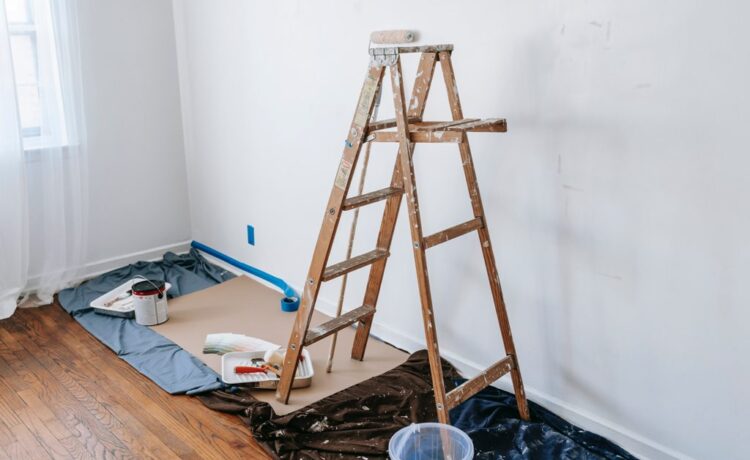Building structural movement that isn’t desired can be very upsetting and worrying for homeowners. A property’s structural integrity may be impacted by a number of reasons, including subsidence, physical disturbance, and building material failure. Fortunately, even though there are numerous causes for a building to shift, there are now efficient remedies available because to improvements in application techniques and repair technology.

This manual provides an overview of some of the most frequent issues that homeowners encounter, lists some repair options, and stresses the value of consulting a professional for specific work. Several factors can cause a building to move, including: Swaying of the ground or subsidence. Walls that are improperly constrained or tied. Movement caused by water entering the structure and timber rotting. Faulty construction materials or lintels.
Surprisingly, despite the extraordinary weather of recent years, which has alternated between flood, drought, and temperature extremes, problems with a building’s structure are not frequently caused by the weather. Extreme drier conditions can cause issues because soil shrinks as a result of a lack of water, which can eventually cause cracks to emerge in structures. This is due to the fact that as the earth beneath and surrounding a house dries up, it may contract.
In some cases, this can lead to wall instability, which can cause movement that manifests as cracks in the structure of the affected building. While the cracking brought on by drought circumstances can occasionally be unattractive and upsetting, it usually has little structural significance and may even close up again following rainfall.
Heavy rains can also damage a building, but this is usually due to routine building maintenance rather than weather extremes. For instance, allowing water to leak into a house through cracked roof tiles or improperly installed flashing on chimneys can result in water entering a property over time, which can lead to circumstances that cause wood to rot and finally collapse.
In brief, structural repair services and stabilization is essential to preserve and protect buildings and offers a cost-effective, low-impact, and environmentally sound alternative to demolition and rebuilding. However, while doing structural repairs, it can be difficult to protect the structure and successfully address structural instability.
The long-term success of any structural restoration program depends on the selection of contractors who have the required skills and experience. First and first, a professional examination must be performed on any issue connected to a structural flaw in order to create a clear image of the problem at hand. In order to deliver the proper repair, this frequently involves a structural engineer who can collaborate closely with the contractor.

Nothing should be left to chance, and money and time should be set aside to guarantee that any issues are correctly identified. The foundation of the repair strategy should be an accurate diagnostic inspection.
Any issue must first have its root cause identified before a remedy can be developed. Numerous factors must be taken into account, including as the building’s intended use, any implied loads, the materials used in the construction, and the form and viability of any corrective actions.





